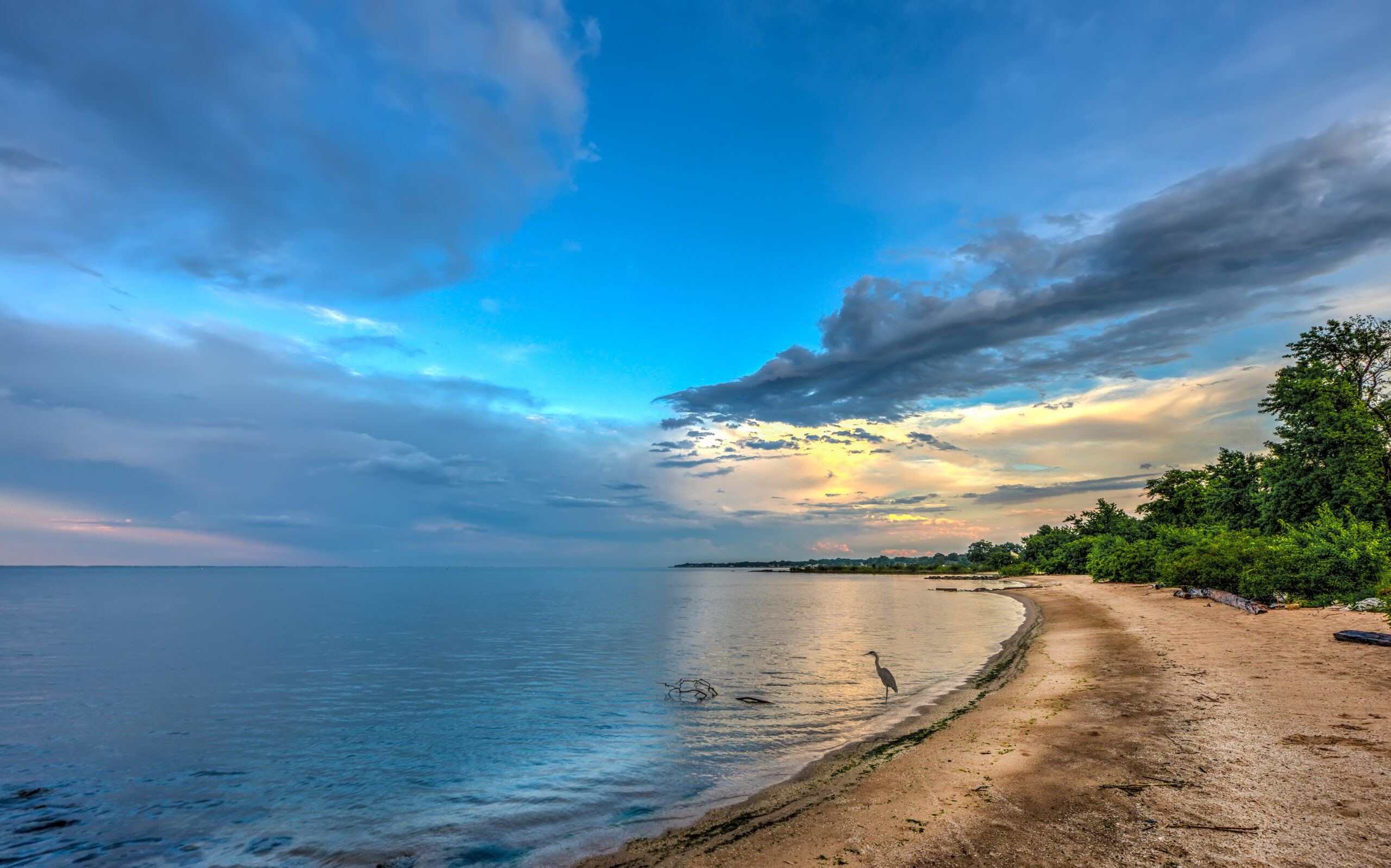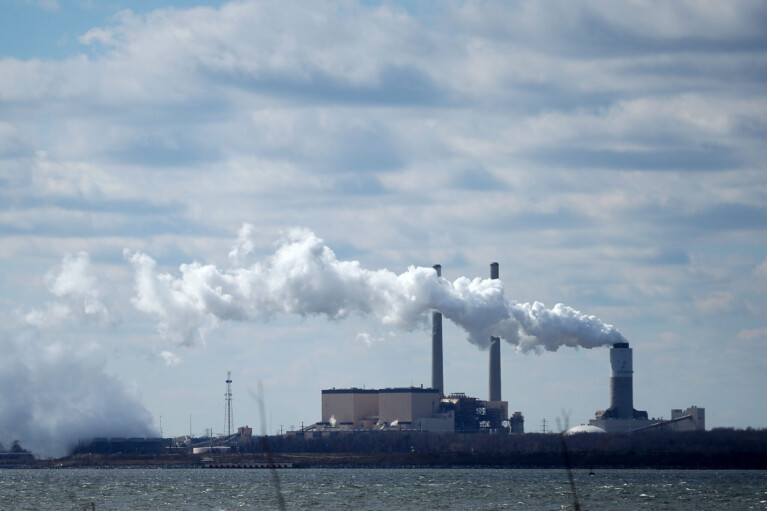Commentary: It’s time for a Maryland Black Watermen’s Memorial

By Clayton A. Mitchell Sr.
The writer is an attorney who resides on the Eastern Shore.
It is time — well past time — to create a Black Watermen’s Memorial in Maryland. I met with Vincent O. Leggett recently to discuss this idea and brainstorm over the concept.
As noted on his organization’s website, Vince is the founder and president of the Blacks of the Chesapeake Foundation, which documents, promotes, and educates on the significant contributions of African Americans to the Bay’s maritime industries and culture.
“African-Americans are an amphibious body of people,” the author of “Through Ebony Eyes: Preserving the Legacy of Blacks on the Chesapeake,” explained in a November 2021 interview with WUSA TV 9. “The Black watermen of the Chesapeake Bay have the same kind of impact as the Tuskegee Airmen, the same impact as the Buffalo Soldier. But their story is just beginning to be told.”
As Leggett said in the interview, his organization’s purpose is to, “Preserve the history and heritage of the Bay [and] … To show that we weren’t just crab pickers and oyster shuckers, but owners of seafood processing plants. Owners of boats. Sailmakers. Owners of five-star restaurants.”
During our discussion, Vince and I found that establishing a Black Watermen’s Memorial on the Eastern Shore of Maryland is driven by various compelling reasons. At its core, such a memorial would serve as a crucial acknowledgment and tribute to the historical contributions of Black watermen to the Chesapeake Bay region. These individuals played a pivotal role in shaping the maritime industry, and the memorial would ensure their legacy is properly recognized.
Moreover, the endeavor seeks to address historical oversights and under-representations of Black watermen’s contributions. By creating a memorial, there is a commitment to rectifying this imbalance and providing a platform for the stories and achievements that have often been marginalized in historical narratives.
In addition to rectifying historical oversights, the memorial serves as a means of cultural preservation. It becomes a focal point for safeguarding the unique cultural heritage of Black watermen, including their traditions, skills, and stories. This preservation effort is not only important for the present but also for educating future generations about the rich maritime heritage of the Chesapeake Bay region.
Education is indeed a key facet of the memorial’s purpose. By providing an informative space, it becomes a valuable educational resource for schools, tourists, and community members. The goal is to offer insights into the history and experiences of Black watermen, fostering a deeper understanding of the region’s cultural and economic development. Notwithstanding, the establishment of the memorial goes beyond education; it fosters community unity and pride. By recognizing and celebrating the diverse contributions of Black watermen, the memorial becomes a symbol that brings people together. It serves as a testament to the shared history and heritage of the Eastern Shore community.
Furthermore, the memorial serves as an inspirational symbol for future generations. It highlights the achievements and resilience of Black watermen, sending a powerful message that individuals from all backgrounds can make significant contributions to their communities. This aspect aligns with the principles of social justice and equity, contributing to a more inclusive narrative of the region’s history.
On a practical level, the memorial can also have positive economic impacts. It has the potential to attract tourists interested in learning about the region’s history and culture. This influx of tourism can stimulate local businesses and contribute to the economic well-being of the community.
Cambridge stands as an ideal location for the proposed Black Watermen’s Memorial, seamlessly blending its rich maritime history with significant ties to Frederick Douglass and Harriet Tubman. Nestled on the banks of the Choptank River, Cambridge has been a historic hub for maritime activities, making it a fitting backdrop for a memorial dedicated to honoring the contributions of Black watermen. The city’s waterfront not only reflects the centuries-old legacy of fishing and maritime commerce but also symbolizes the resilience and strength of the African-American community integral to this heritage.
The area’s historical significance is elevated by its association with Frederick Douglass and Harriet Tubman, two iconic figures in the fight against slavery. Both Douglass and Tubman have deep connections to the Eastern Shore, with Douglass being born in nearby Talbot County and Tubman spending her early years in Dorchester County. Choosing Cambridge as the memorial’s location would seamlessly weave together the threads of maritime history, African-American heritage, and the legacies of Douglass and Tubman, creating a poignant and historically resonant setting for the memorial.
In essence, the Black Watermen’s Memorial is not just a physical structure but a meaningful and symbolic initiative. It represents a commitment to acknowledging, preserving, and celebrating the contributions of Black watermen, ensuring that their stories are woven into the broader narrative of the Eastern Shore’s history.
For those who have an actual and not a mere idealized interest in this mission, reach out to the Blacks of the Chesapeake to help with this cause.



